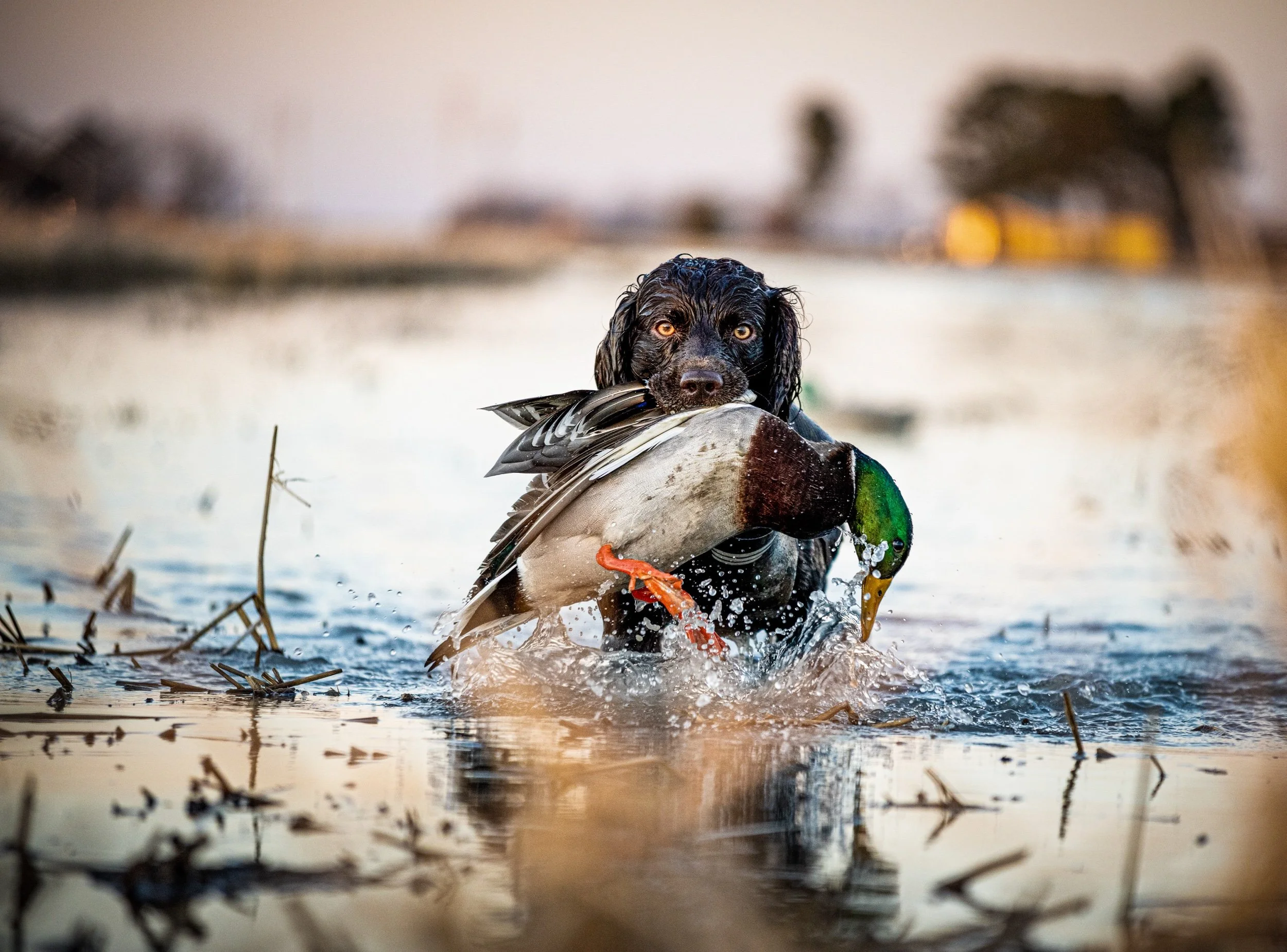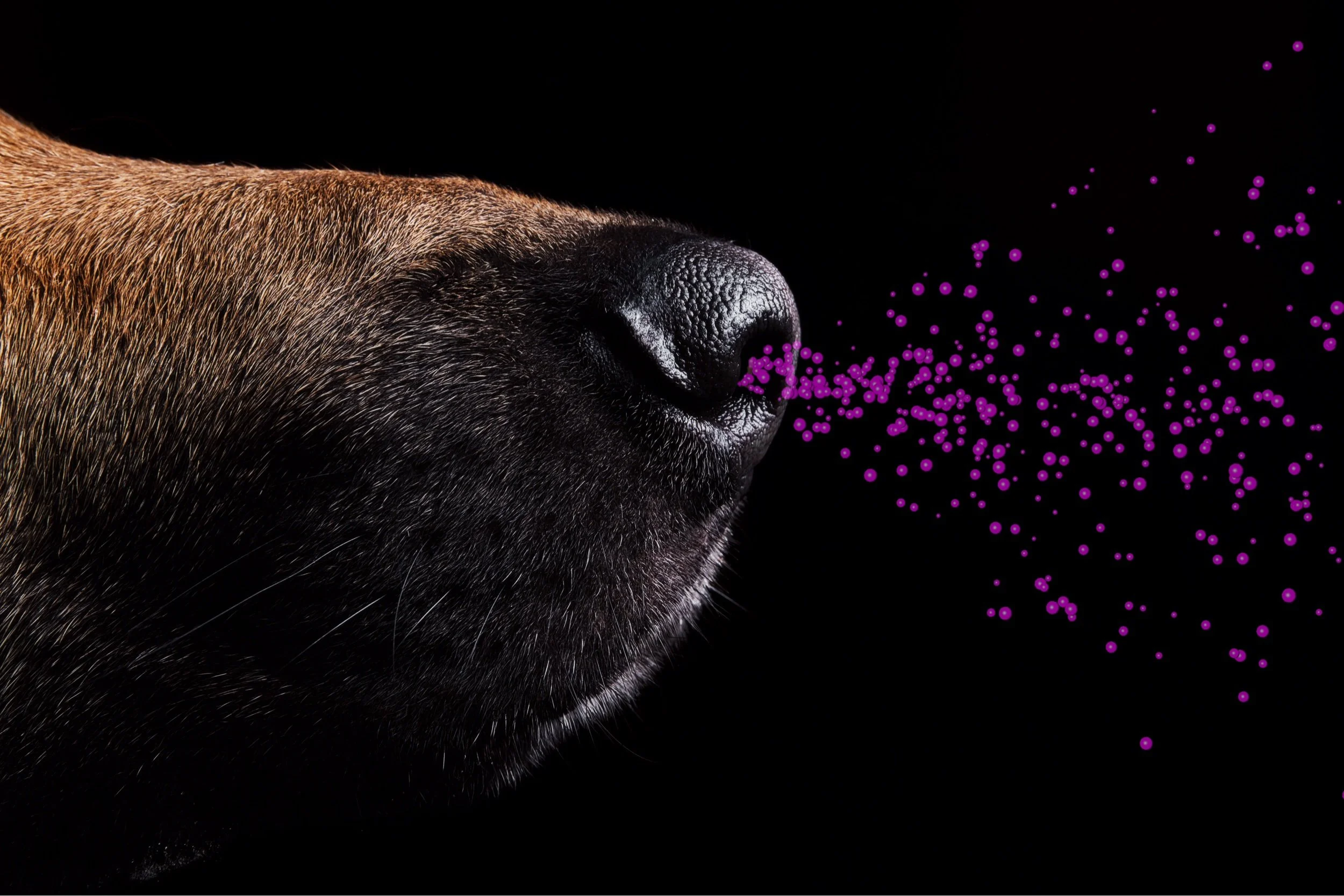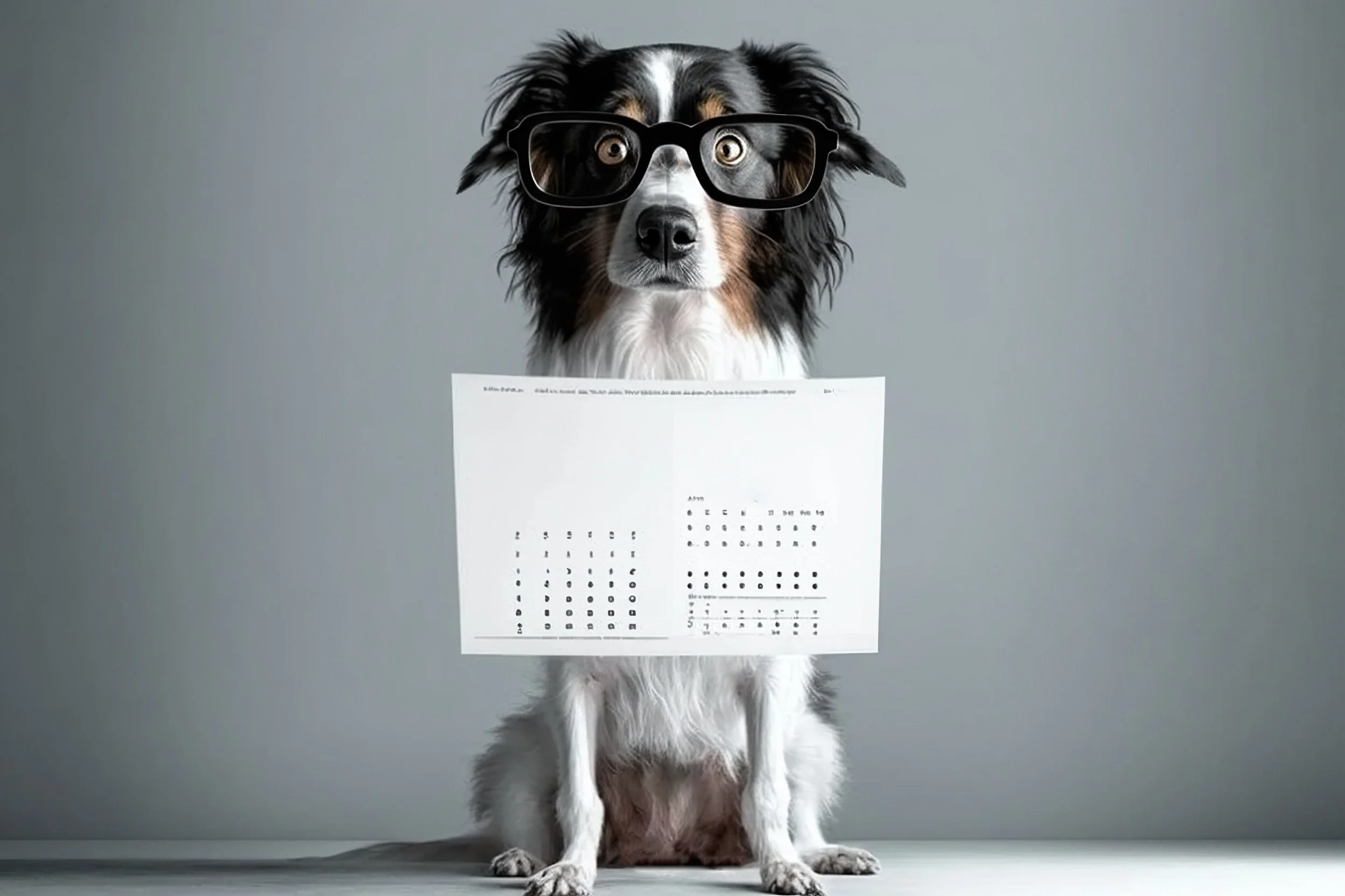Steadiness is an essential attribute for any hunting dog, providing the foundation for disciplined behavior in the midst of hunting excursions. It ensures that the dog remains composed, attentive, and obedient, regardless of the distractions or temptations that arise in the natural environment. A dog that embodies steadiness is one that will not impulsively pursue game or disrupt the hunt, thereby maintaining the integrity of the hunting experience and safeguarding all involved from potential hazards. In this article, I will teach you the process of instilling steadiness in your hunting dog, offering strategies that are effective across various breeds and types of hunting.
Training the Retrieve for Hunting dogs
Training a hunting dog to effectively and reliably retrieve birds or game requires a nuanced approach that aligns with the dog's inherent instincts and levels of drive. For dogs that exhibit a pronounced prey drive, characterized by an intense and instinctual reaction to moving objects with a propensity to pursue, capture, and sometimes kill, the utilization of a specific training method known as "back-chaining" can be exceptionally advantageous. This technique systematically conditions the dog to perform complex behaviors by initially establishing a foundation of self-control and patience, which is necessary for the successful completion of a retrieve in a hunting scenario. In this article I will explain the 75 steps towards a solid retrieve for hunting dogs.
Training the Hunting Dog
The journey of training a hunting dog is as rewarding as it is challenging. It involves a commitment to ongoing education for the handler and a dedication to the well-being and development of the dog. Handlers must be attuned to their dog's body language and emotional state, ensuring that the training process is a positive and enjoyable experience for the animal. This approach not only fosters a more willing and eager hunting partner but also ensures that the dog's welfare is always a top priority.
By prioritizing the relationship with the dog and utilizing science-based training techniques, a handler sets the stage for a successful and fulfilling hunting experience. With this foundation in place, let's delve into the specific behaviors and skills necessary for a hunting dog to assist its handler effectively in the field.
Inside the Dog's Nose: Understanding its Impact on Dog Training
The world of a dog is filled with an incredible sense of smell that goes far beyond what we, as humans, can comprehend. Inside a dog's nose lies a complex and highly developed olfactory system, capable of detecting scents with remarkable precision. This extraordinary sense of smell has a significant impact on dog training, as it influences their behavior, communication, and overall learning process. Understanding the structure and functionality of a dog's nasal system provides a fascinating insight into their remarkable ability to detect and interpret scents. So, let's take a closer look at the anatomy of a dog's nose and explore how it contributes to their incredible sense of smell and the impact it has on our training.
Insights in Canine Vision and the effects on training
Dogs are known for their incredible sensory abilities, and their vision is a fundamental aspect of their perception of the world. While dogs primarily rely on their sense of smell, their eyesight plays a vital role in their daily lives. While their sense of smell and hearing are often celebrated, understanding a dog's visual acuity is equally crucial, especially when it comes to training.
Unraveling the Dynamics of Motivational Salience in Dogs: Incentive and Aversive Perspectives and the effects on learning and relationship.
Motivation plays a crucial role in shaping behavior and decision-making processes, not only in humans but also in our canine companions. Dogs are motivated by various factors, both positive and negative, which influence their actions and reactions. In this article, we explore two aspects of motivational salience in dogs: incentive salience and aversive salience. Understanding these concepts helps us gain insights into the driving forces behind our furry friends' behavior.










